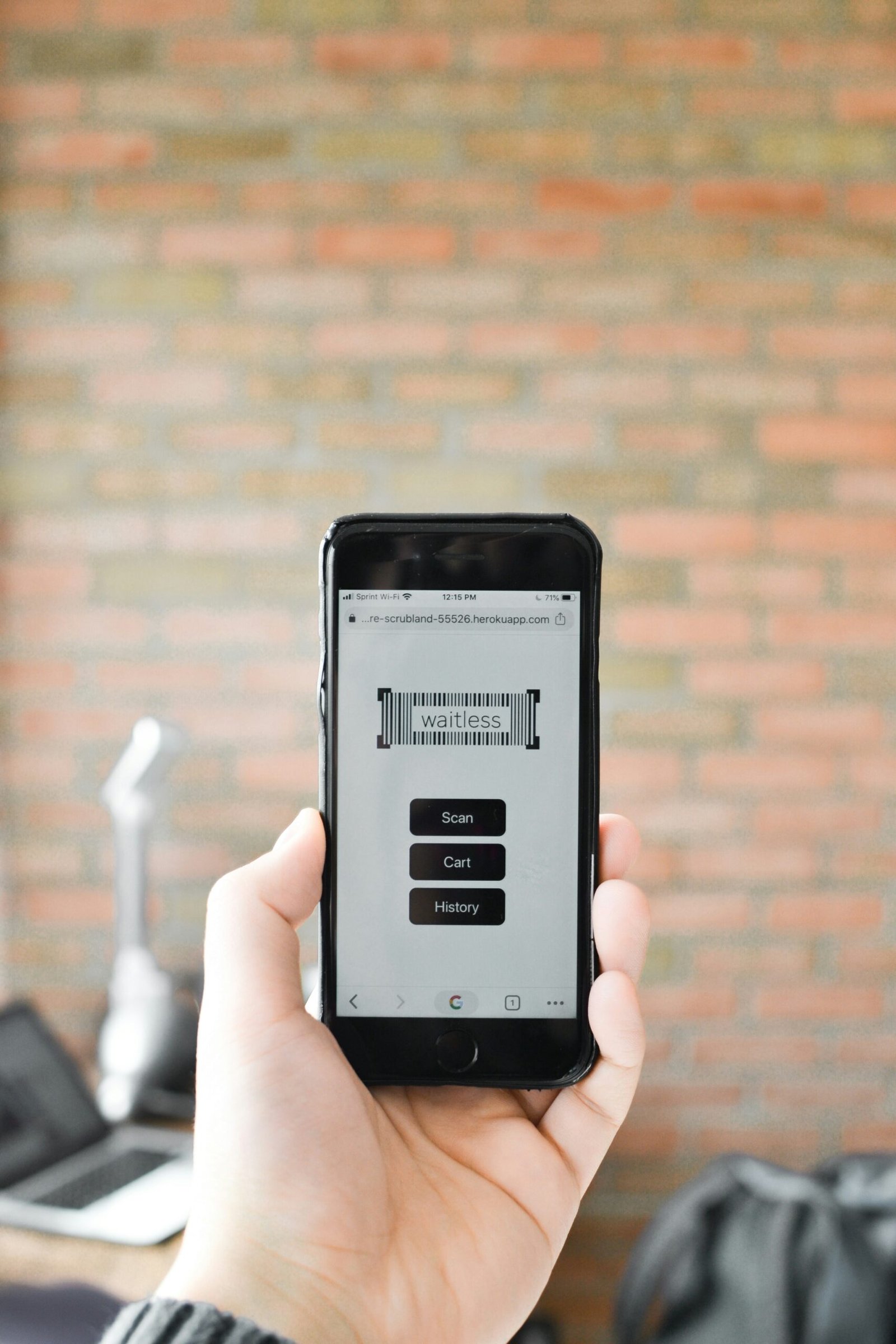The Future of On-Demand Services: Unpacking the Delivery App Revolution
Introduction to On-Demand Service Delivery Apps On-demand service delivery apps have fundamentally transformed the way consumers access services in today’s fast-paced world. These mobile applications utilize technology to connect users directly with service providers, offering a range of solutions at the touch of a button. By facilitating immediate service acquisition, they cater to modern consumer preferences for convenience and efficiency. Commonly referred to as gig-economy platforms, these apps cover diverse services including food delivery, transportation, home services, and even health care. Functionally, on-demand service delivery apps operate through a simple user interface allowing customers to request services as needed. The apps leverage geolocation technology, enabling users to find providers in their vicinity. For instance, platforms like Uber and Lyft have revolutionized personal transportation, allowing users to summon ridesquickly and with minimal wait times. Similarly, food delivery apps such as DoorDash and Uber Eats enable customers to order from local restaurants, further enhancing accessibility to culinary experiences without leaving their homes. The significance of these apps in the modern economy cannot be overstated. They not only provide consumers with an unparalleled level of convenience but also create job opportunities for service providers, thereby supporting local economies. On-demand service delivery apps have redefined consumer behavior, with many now prioritizing speed and efficiency in their purchasing decisions. The ease of access and variety of available services through these applications cater to a wide demographic, further solidifying their place in contemporary society. By offering an array of options and immediate service, on-demand applications are paving the way for future innovations in consumer services. As we delve deeper into the mechanisms and impacts of these technologies, it becomes clear that their role in shaping modern economic landscapes is critical. The Evolution of On-Demand Services The genesis of on-demand services can be traced back to the early days of courier services, where individuals relied on physical means for delivery. The concept of delivering goods swiftly gained traction, with businesses and startups seeking to optimize traditional methods. As urbanization accelerated and consumer demands shifted, the need for efficient delivery solutions became increasingly apparent. This need led to the birth of various on-demand services that sought to streamline access to goods and services virtually. Technological advancements were pivotal in revolutionizing the delivery landscape. With the advent of mobile technology in the early 2000s, smartphones became ubiquitous, enabling consumers to order products and services with unprecedented ease. Coupled with GPS technology, which allowed for real-time tracking and navigation, these innovations laid the groundwork for the sophisticated delivery apps we see today. The introduction of apps transformed the marketplace, providing a seamless user experience that connected consumers directly with service providers. Key milestones marked the evolution of on-demand services. In 2010, the launch of Uber illustrated a paradigm shift in transportation services, inspiring other sectors to adopt similar models. Following suit, companies like Postmates and DoorDash emerged, redefining the food delivery industry. The competitive landscape expanded as each new entrant sought to offer unique features, be it faster deliveries, broader service bills, or diverse product offerings. The COVID-19 pandemic further accelerated the growth of these apps, as consumers turned to online solutions for their everyday needs. In essence, the evolution of on-demand services has been a complex interplay between technology, consumer behavior, and market demand. This journey from rudimentary courier services to today’s comprehensive delivery apps underscores the importance of innovation in meeting the evolving expectations of consumers across various sectors. How On-Demand Delivery Apps Work On-demand delivery apps have revolutionized the way consumers access goods and services, leveraging sophisticated technology to streamline the process from order placement to delivery. At the core of these applications lies a user-friendly interface that enables customers to easily browse available products and services. Upon selecting an item, users can view details, compare prices, and make informed decisions, leading to a seamless shopping experience. Once an order is confirmed, payment processing comes into play. Typically, these apps integrate with various payment gateways to facilitate secure transactions. Users can often choose from a variety of payment methods, including credit/debit cards and digital wallets. This flexibility caters to diverse consumer preferences, ensuring a hassle-free and secure payment process. Order management is a crucial component of on-demand delivery systems. After the payment is processed, the app generates order tickets and forwards them to the nearest service provider. This minimizes waiting times and streamlines fulfillment. Here, the role of algorithms is significant. Algorithms optimize delivery routes by analyzing real-time traffic data, weather conditions, and other variables influencing delivery efficiency. They connect customers with available service providers, ensuring order requests are handled promptly. Logistics management encompasses the final leg of the delivery process. On-demand apps utilize tracking systems allowing customers to monitor their order in real-time. This transparency enhances customer satisfaction and builds trust. Moreover, advanced algorithms continuously adapt logistics strategies to improve efficiency and reduce costs, further solidifying the operational foundation of these apps. Overall, on-demand delivery apps represent a convergence of technology, logistics, and consumer choice, positioning themselves as a quintessential service in a fast-paced marketplace. Benefits of On-Demand Delivery Services The rise of on-demand delivery services has transformed the way consumers and businesses interact in the marketplace. One of the primary advantages of utilizing these services is convenience. Customers can place orders from the comfort of their homes at any time, which eliminates the need to travel to physical stores. This flexibility is particularly beneficial for busy individuals seeking to save time while still accessing the products and services they need. In addition to convenience, on-demand delivery services often provide significant cost-effectiveness. Through competitive pricing models, consumers can enjoy lower delivery fees compared to traditional delivery methods. Many apps utilize advanced algorithms to optimize delivery routes, thereby reducing transportation costs and minimizing wait times. As a result, consumers frequently benefit from lower prices and faster service, enhancing their overall shopping experience. Quick accessibility is another hallmark of on-demand delivery services. These applications often feature real-time tracking, allowing customers to monitor the status of their deliveries.


